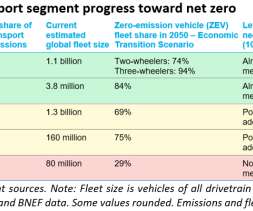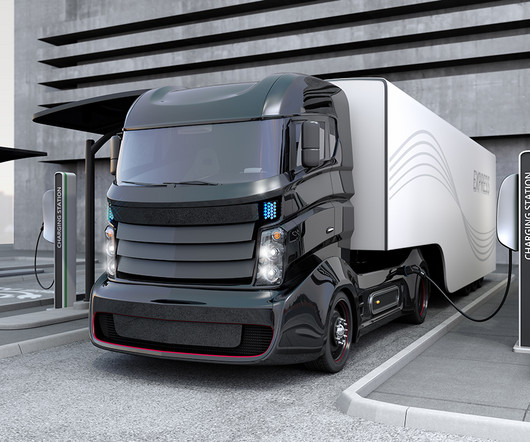Study finds CO2 emissions trading more effective path to automotive CO2 reduction in Europe than tailpipe standards
Green Car Congress
NOVEMBER 11, 2016
The model also includes representation of fleet turnover, and opportunities for fuel use and emissions abatement, including representation of electric vehicles. This study, for the first time, quantifies the vast economic costs of that policy using a general equilibrium framework.





















Let's personalize your content